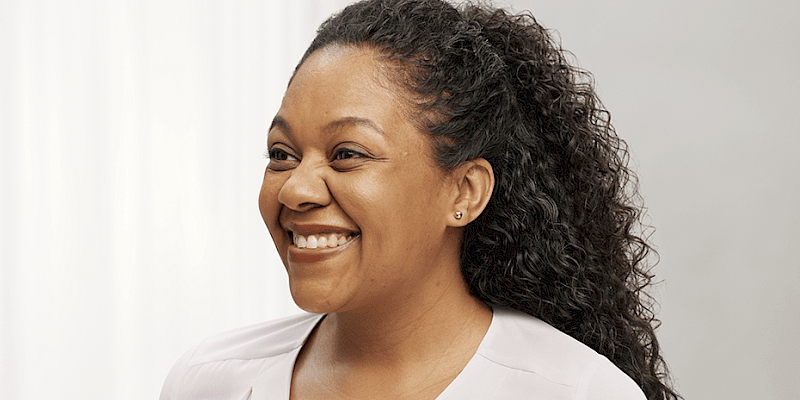BOTOX Treatment | Enhance Your Appearance with Precision
Botox, derived from the bacterium Clostridium botulinum, has gained significant popularity in the field of cosmetic medicine for its ability to reduce the appearance of wrinkles and fine lines, providing a non-surgical approach to facial rejuvenation.
Here's an overview of Botox for cosmetic use:
Key Points & Benefits of Botox :
| Mechanism of Action | Botox works by temporarily blocking nerve signals in the muscles where it is injected. The active ingredient, botulinum toxin, inhibits the release of acetylcholine, a neurotransmitter responsible for muscle contractions. As a result, the targeted muscles become relaxed, reducing the appearance of dynamic wrinkles caused by repeated facial expressions. |
Commonly Treated Areas:
| Forehead Lines | Botox is frequently used to address horizontal lines across the forehead, which can be caused by raising the eyebrows or expressions of surprise. |
| Glabellar Lines (Frown Lines) | The vertical lines between the eyebrows, often referred to as "frown lines" or "11 lines," can be smoothed out with Botox injections. |
| Crow's Feet | These fine lines that radiate from the outer corners of the eyes, commonly associated with smiling or squinting, are commonly treated with Botox. |
| Bunny Lines | Botox can be used to address the fine lines that appear on the nose when smiling or scrunching the nose. |
| Injection Process | Botox is administered using a fine needle, targeting specific muscles identified during the consultation. The injections are relatively quick, and many patients experience minimal discomfort. |
| Recovery | There is minimal downtime associated with Botox injections. Patients can usually resume their daily activities immediately, although some temporary redness or swelling at the injection sites may occur. |
| Onset of Results | Patients typically start noticing the effects of Botox within a few days to a week after the injection. |
| Duration of Results | The cosmetic effects of Botox are temporary and usually last around three to six months. Regular maintenance treatments are often recommended to sustain the desired outcome. |










